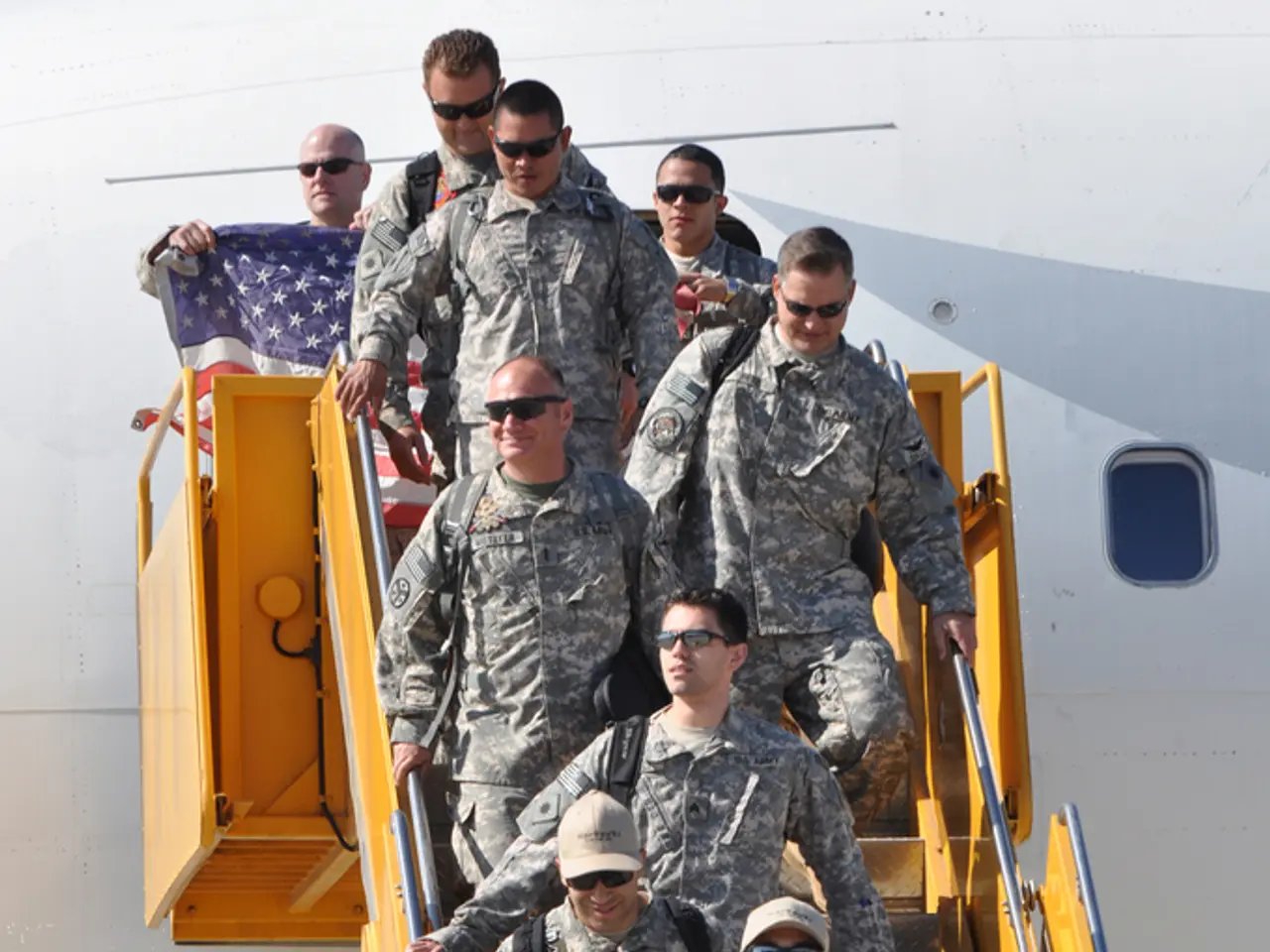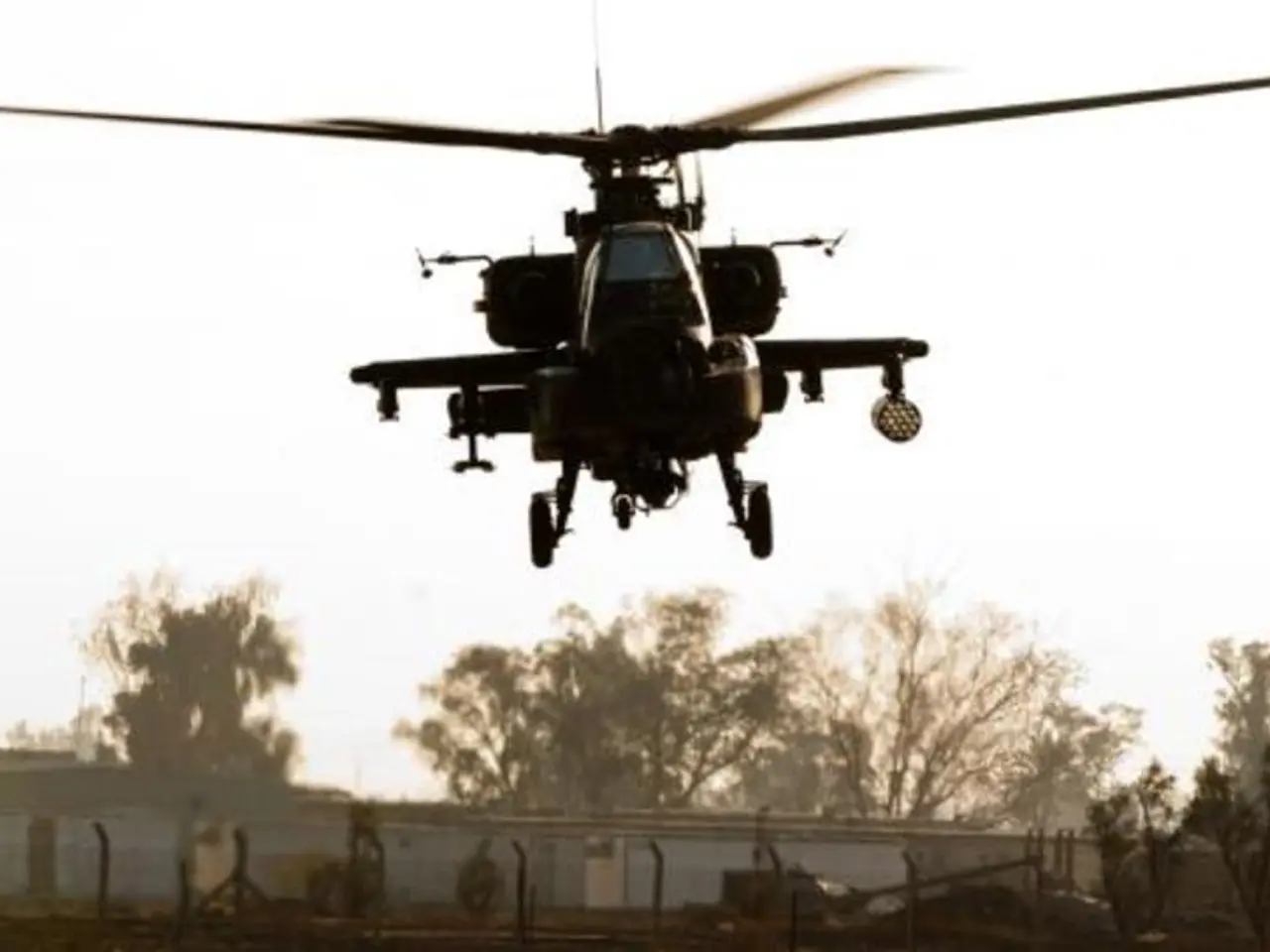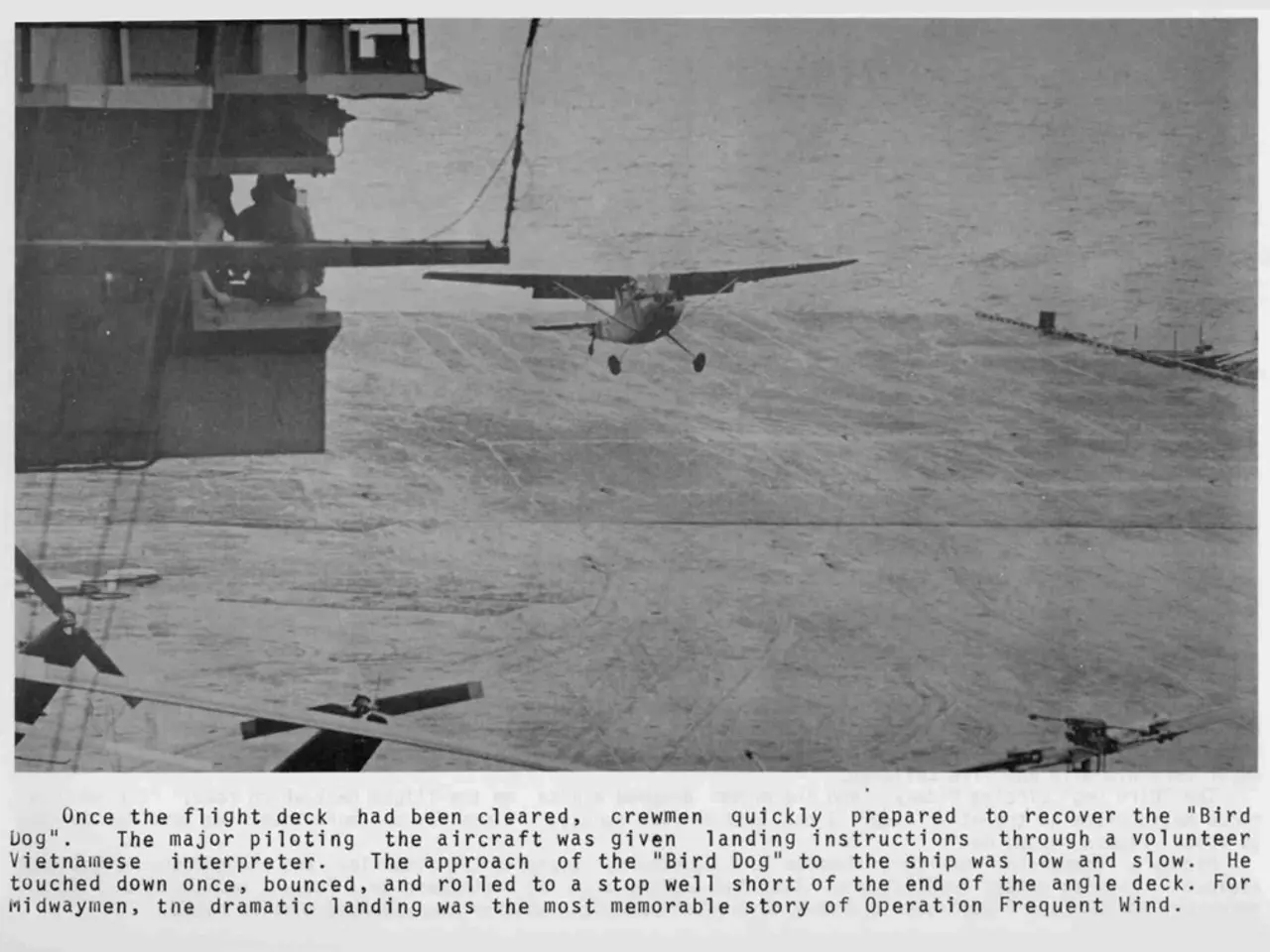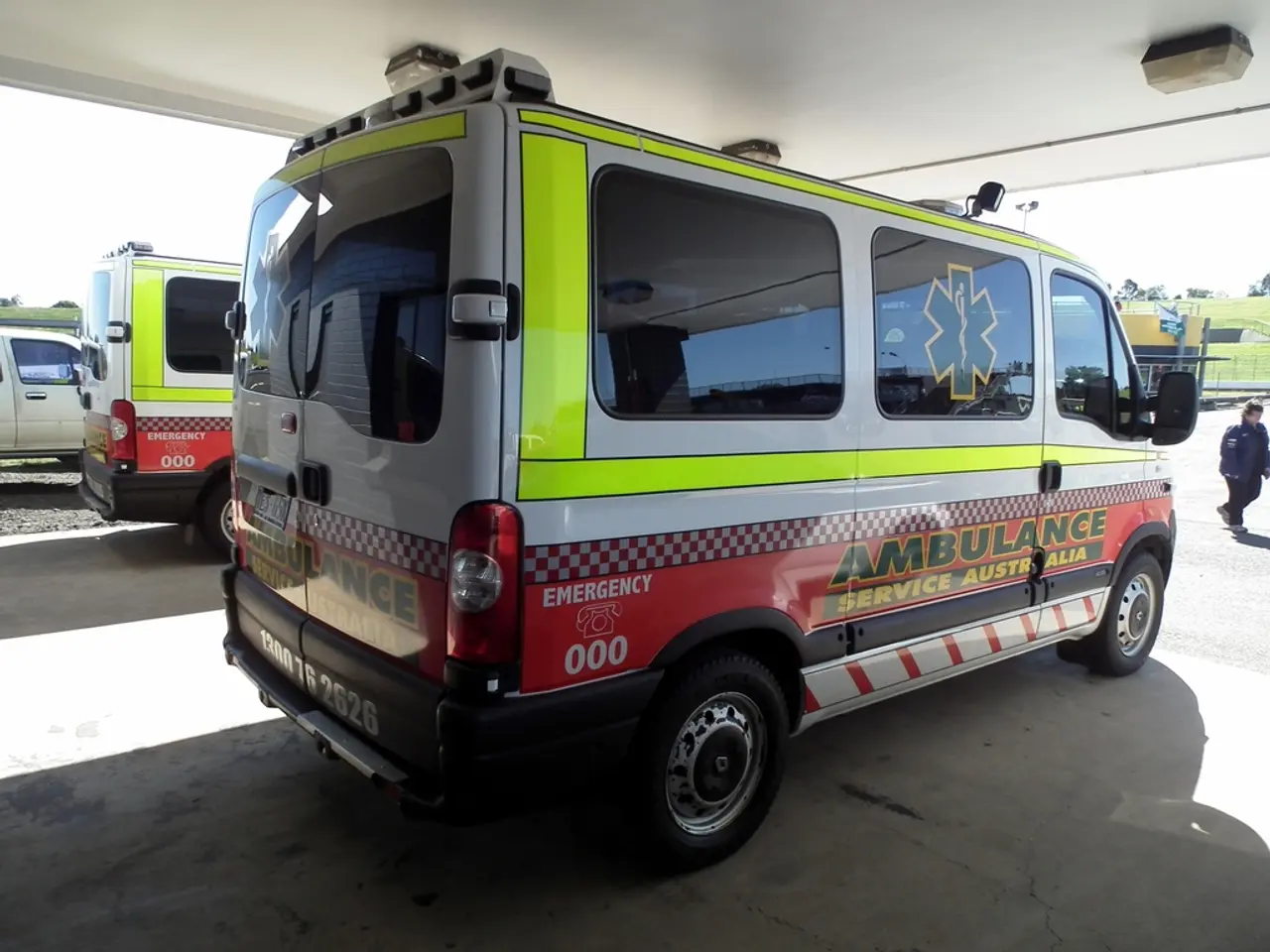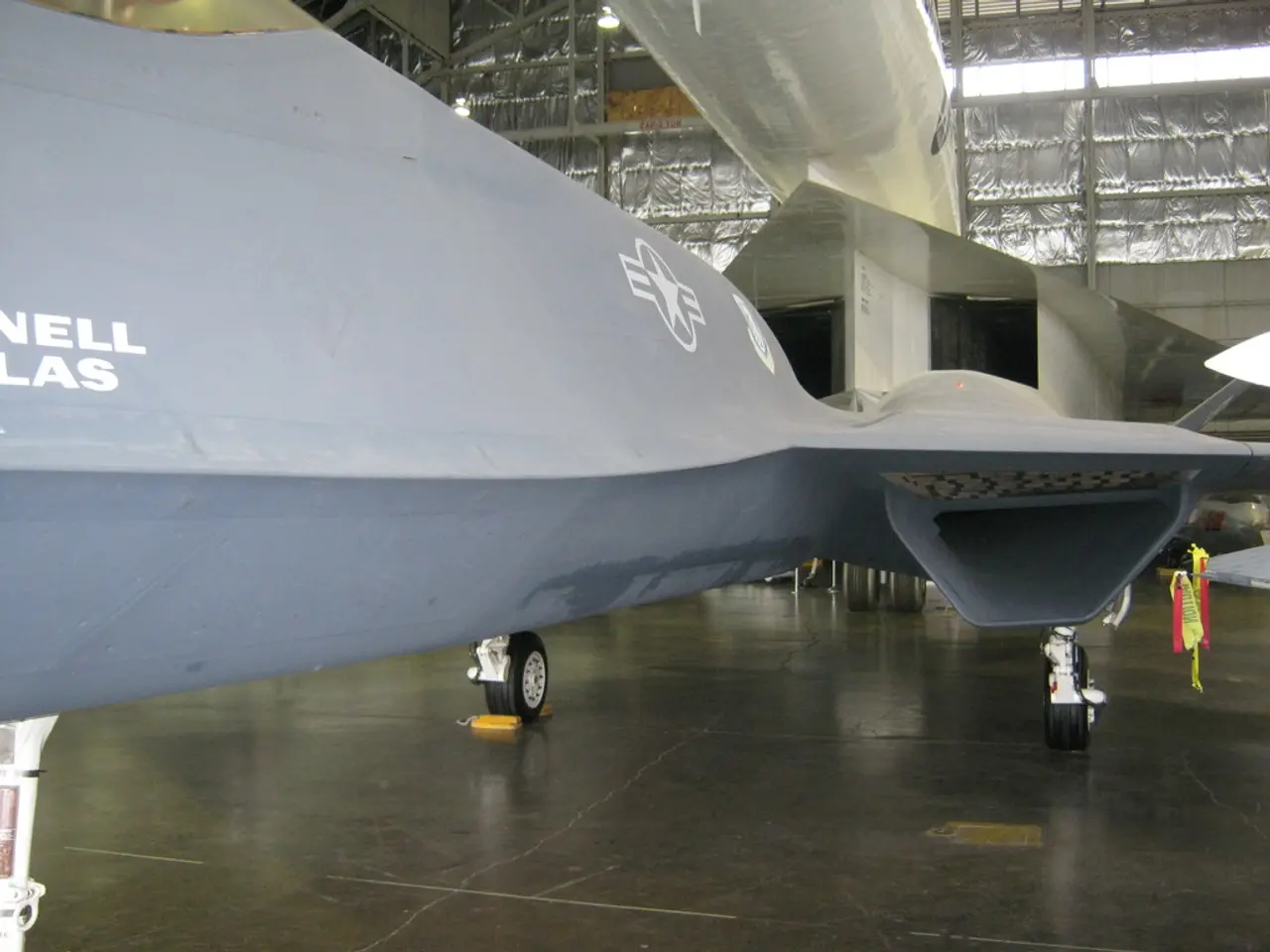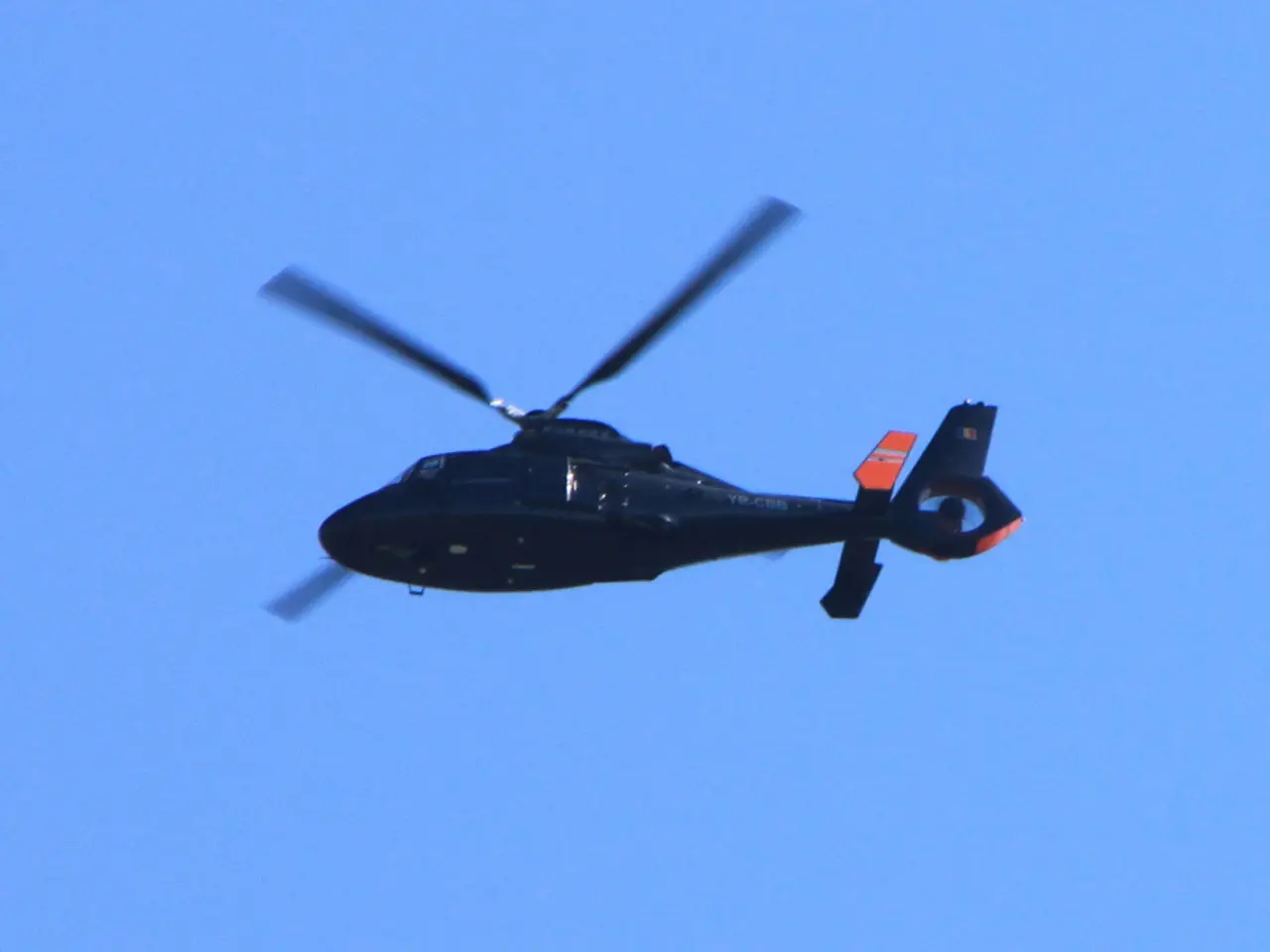Mastering Point-wise Aerial Turns with Ease
Mastering Aviation Fundamentals: Turns Around a Point
Turns around a point is a fundamental maneuver in aviation that helps pilots develop precise control of the airplane and enhance their situational awareness. This exercise, which consists of two 360-degree constant radius turns around a ground reference, is a crucial skill utilized in every flight.
To perform turns around a point, the pilot must first select a clearly identifiable ground reference, such as a landmark or marker. The aircraft is then flown in a circular pattern around this point, maintaining a constant radius and altitude.
To achieve this, the pilot must continuously adjust the bank angle and pitch to counteract the effects of wind, ensuring the ground track remains a smooth circle. This requires a coordinated use of ailerons, rudder, and throttle to maintain speed, altitude, and turn radius. Typically, turns around a point are flown at a moderate bank angle (around 30 degrees) and controlled airspeed, with small corrections to compensate for wind drift.
Before entering the maneuver, it's essential to ensure the aircraft is stable and correctly trimmed. Accurately assessing the wind condition before entering the maneuver is also crucial to position the aircraft correctly. In high wind conditions, constant adjustments to the bank angle during the turn are necessary.
If your bank angle exceeds 45 degrees, you are too close to your ground reference and need to adjust your turn. Conversely, if your bank angle is too small, you are too far from your ground reference and will need to adjust accordingly.
The first 360-degree turn is generally used to determine the extent of correction required for the current wind condition, allowing for a more accurate second 360-degree turn. The aircraft should be positioned on a downwind position relative to the ground reference before entering the turn.
In the presence of wind, the bank angle must be adjusted during the turn as the aircraft's track will not be a constant radius circle. Maintaining altitude during the maneuver is also crucial to avoid becoming unstable.
A slight increase in power may be required during the turn to maintain airspeed. A good ground reference for the maneuver is two roads meeting at a 90-degree angle. The turns around a point exercise teaches the valuable skill of flying with reference to the ground, a skill utilized in every flight.
Practicing turns around a point builds fundamental skills crucial for maneuvering in traffic patterns and other precise flight scenarios. There is a class that teaches 35 different Private Pilot and Commercial Pilot maneuvers, including this one. To learn more, visit here.
The successful completion of turns around a point maneuver, a fundamental aviation skill, can be beneficial for both private and commercial pilots in various flight scenarios. Mastering this skill not only hones their coordination and situational awareness but also equips them with the ability to maneuver within heavy traffic patterns. Additionally, this exercise is a stepping stone towards prospering in the aviation industry, as it involves crucial aspects of transportation and finance, crucial areas that every commercial aviator must navigate effectively.
